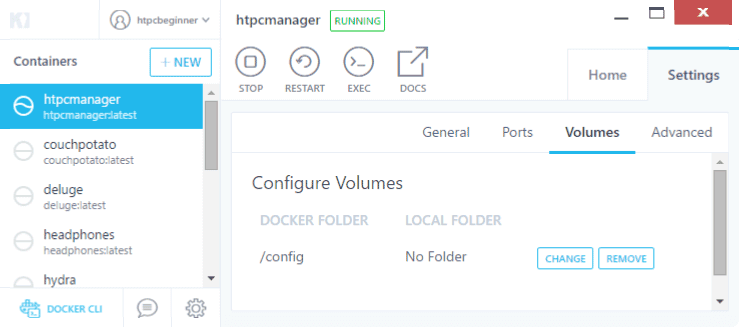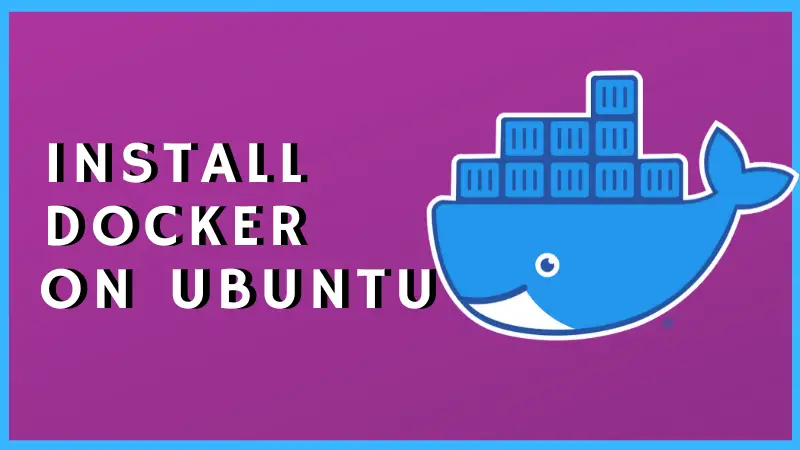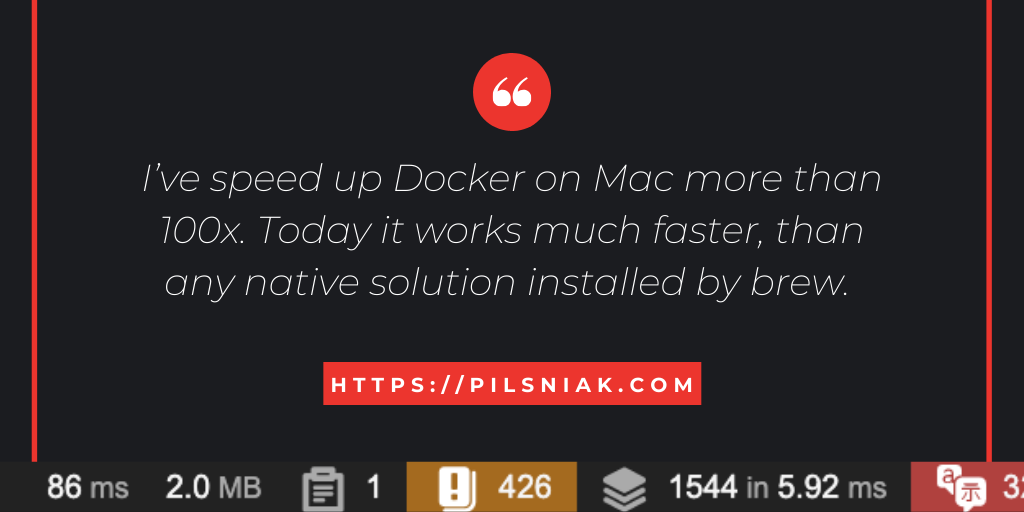
You will need a macOS computer running Catalina or higher with administrative access and an internet connection. You’ll install system tools and desktop applications from the command line interface. In this tutorial you’ll install and use Homebrew on your Mac. You’ll use Homebrew to install developer tools like Python, Ruby, Node.js, and more. Homebrew is a package manager for macOS which lets you install free and open-source software using your terminal. Package managers keep the software they install in a central location and can maintain all software packages on the system in formats that are commonly used.

A package manager is a collection of software tools that work to automate software installations, configurations, and upgrades. While the command line interface on macOS has a lot of the functionality you’d find in Linux and other Unix systems, it does not ship with a package manager. The command line, also known as a shell, lets you automate many tasks you do on your computer daily, and is an essential tool for software developers. Instead of clicking buttons with your mouse, you’ll type commands as text and receive text-based feedback.

If you haven’t yet, you can head over to our documentation page and find out more about TimescaleDB, our open-source extension that makes PostgreSQL scalable.The command line interface is a non-graphical way to interact with your computer. Option 2: psql Now you have connected via psql. Once you run that command, the prompt will ask you for your password. Now, in order to connect to your PostgreSQL server, we’ll need the following connection params: Let’s confirm that psql is installed: psql -version Last step: Connect to your PostgreSQL server

Note: This only installs the psql client and not the PostgreSQL database. Install on Ubuntu and Debian using the apt package manager: sudo apt-get update From your command line, run the following commands: brew doctorįinally, symlink psql (and other libpq tools) into /usr/local/bin: brew link -force libpq Install on Ubuntu 16.04,18.04 and Debian 9,10 psql -version Install on MacOS using Homebrew In fact, if you’ve ever installed Postgres or TimescaleDB before, you likely already have psql installed. Before you startīefore you start, you should confirm that you don’t already have psql installed.

Here we explain how to install psql on various platforms. Psql is the standard command line interface for interacting with a PostgreSQL or TimescaleDB instance.


 0 kommentar(er)
0 kommentar(er)
